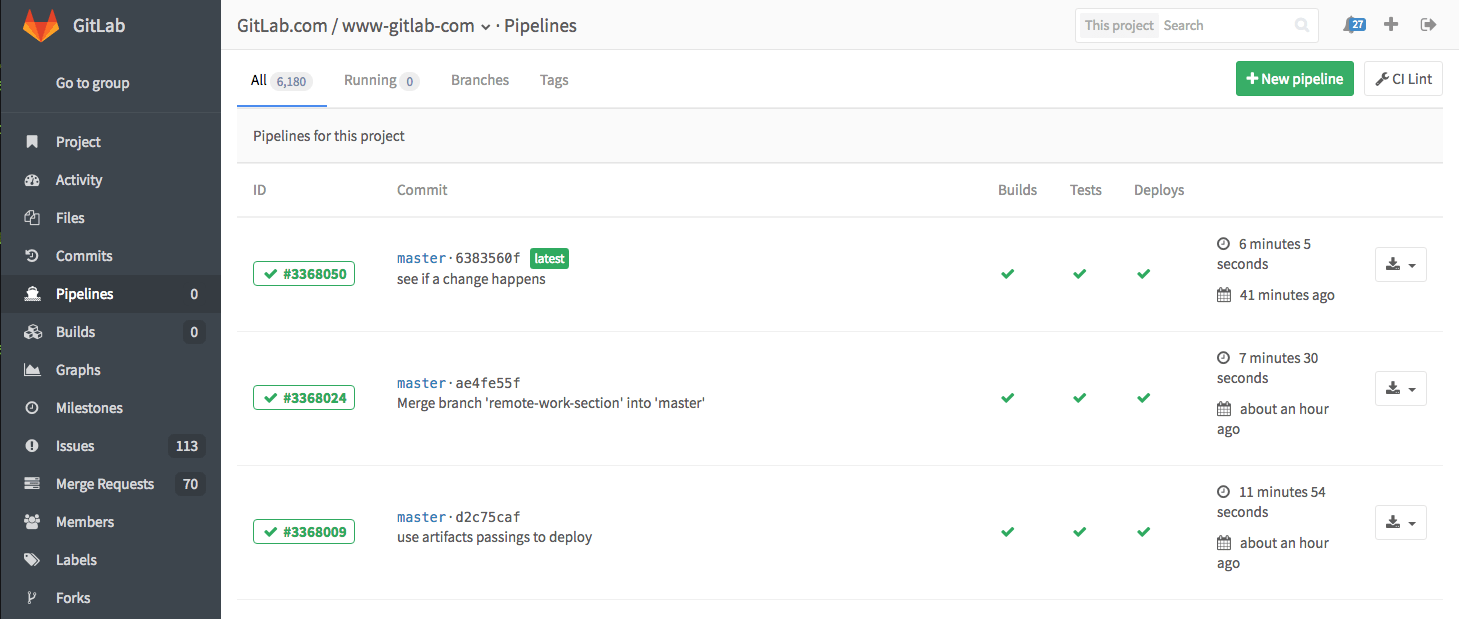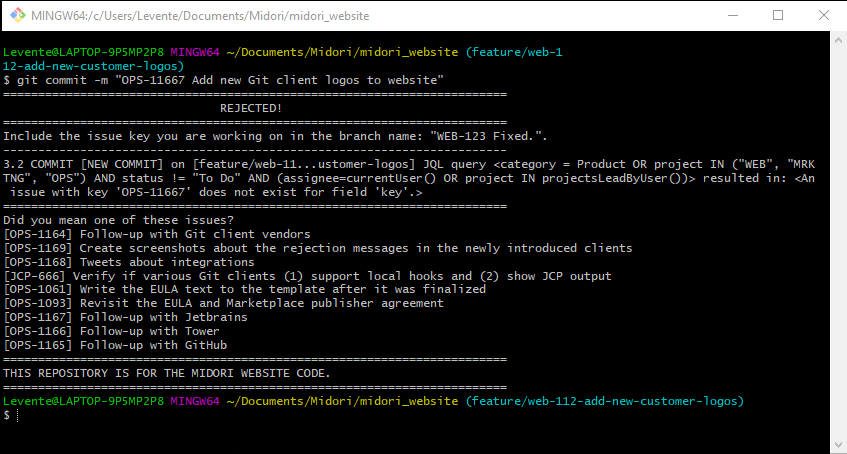

This will only work if you previously added an SSH key to your GitLab profile. Now that you have your fork set up, it's time to create a branch to track your work and make a commit. This means you have two remotes set up for your repo: "origin" points to the original repo, and "fork" points to your fork of it. You should see something like this:įork :ngraham/kid3.git (fetch)įork :ngraham/kid3.git (push) You need to add your fork as a remote to the existing repo: Next, open your terminal app and navigate to the location where the project's repo lives (i.e. This will copy the URL for the fork onto your clipboard. In the pop-up that appears, click on the "Copy" button to the right of the upper text field. On that page, click on the blue "Clone" button in the top-right corner: Select Your Name in the "Project URL" section and "Public" in the "Visibility level" section:Īfter a moment, the system will finish creating the fork and take you to the page for your fork. This will take you to a page asking you some details about how you want to fork the project. On the project's page, click on the "Fork" button in the top-right corner of the screen: If it is not visible in the list, you can use the search field. Once you have made some local changes that you would like to submit to KDE, you need to create a personal fork of the project and push your changes to the forked copy. If you have commit access, you can prefix your branches with work/ to push them directly to origin without having to fork and safely ignore this section. You may receive some email spam as a consequence. These details will be synced to GitLab once you have logged in and will also become your primary Git email address. When selecting your username, please select something which has a relation to your real name. You will be required to provide a name and a email address.

If you don't have an KDE Identity already you can sign up for one here.

Navigate to and log in using the username and password for your KDE Identity account. 4.6 Creating a merge request using the command line.4.5 Generating "eternal" URLs to commits or objects in a repository.4.4 Pushing commits to somebody else's fork.4.3 Switching the target branch of a merge request.4.2 Using work branches instead of forks.4.1 Curating your merge request commit history.3.4 Engage with the author and other reviewers.3.1 Check out the merge request and compile the software.2.11 Cherry-picking a merge request's commit to another branch.2.3 Add the fork to your source checkout.2.1 Build the project from source and make your change.


 0 kommentar(er)
0 kommentar(er)
